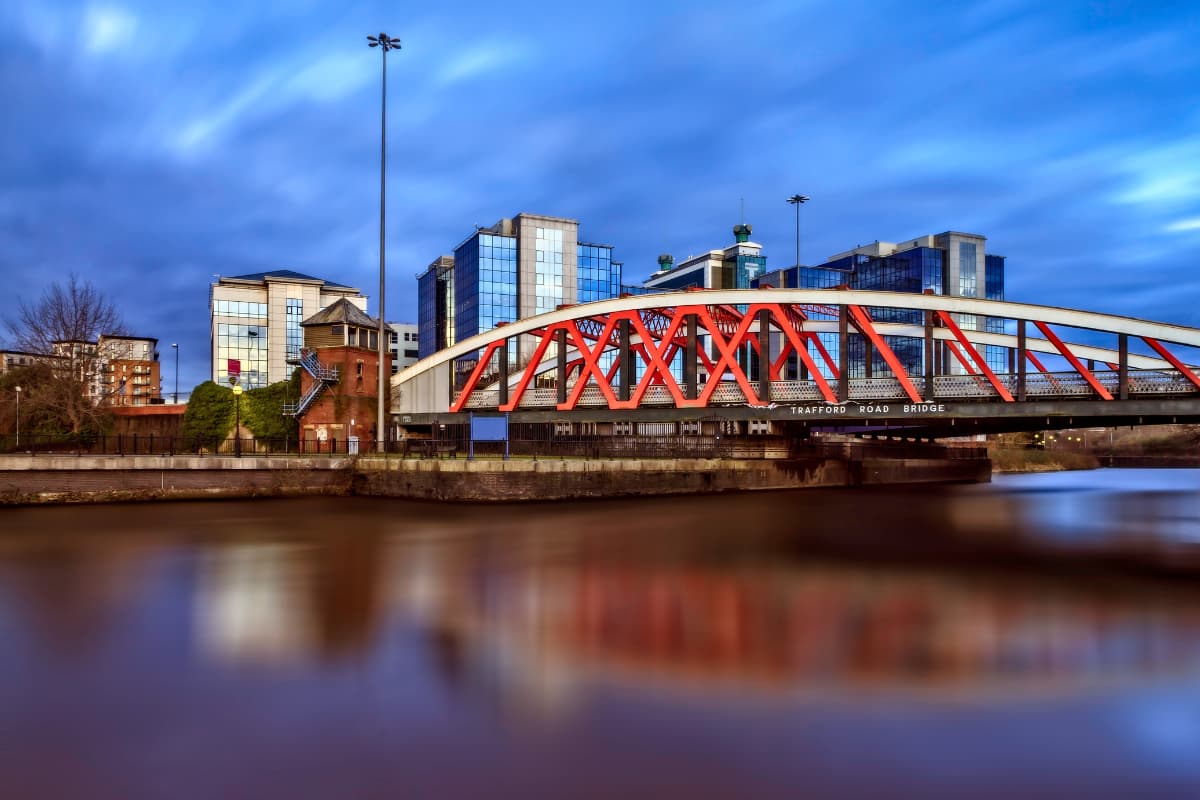Trafford Council is looking to harnessing power from what runs right below our feet – the sewers – to create a low carbon heat network for the Trafford Civic Quarter.
Sewers may traditionally be a dirty subject, but the Council hopes its exploration into a sewer-powered, low carbon heat network emerges smelling of success.
If so, it could provide the heating solution for its Civic Quarter; an area encompassing Trafford Town Hall, Trafford College, Stretford High School and a number of leisure facilities. The project is also aimed at providing low carbon heat to new developments expected in the area.
Global infrastructure consultancy firm, AECOM, has already produced a report showing that a low carbon heat network in this area could be technically and financially viable, and it has now been commissioned by the Council to develop an outline business case.
AECOM’s work will focus on a heat network that takes waste heat from the sewer running through the area, to generate low carbon heating for a number of existing and future buildings.
The business case will explore in more detail the technical, financial, commercial and legal options for the heat network, and will be completed towards the end of the year.
Based on this, the Council will then decide whether or not to proceed. As well as looking at where the heat might come from, the business case will explore where the energy centre could be located, which buildings might be connected to the network and the possible route for the pipes.
Cllr Tom Ross, Leader of Trafford Council, said: “We are really excited to be doing this work, which takes us a step further towards a possible solution to providing heat for the Civic Quarter in a way that aligns with our carbon neutral target. There could also be scope for future expansion north, to parts of Trafford Park, which alone accounts for just under half of our carbon emissions across the whole of Trafford.”
Jo Streeten, Managing Director of Buildings + Places, Europe and India, AECOM, said: “District heating has huge potential to help the UK transition to net zero and the Trafford scheme is a great example of how our communities can operate more sustainably, using waste heat sourced from sewers. Getting the project to this stage has involved close collaboration between local and central government and the private sector, and we look forward to progressing this scheme alongside other exciting heat networks in the Great Manchester area.”
